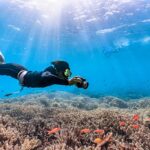Kenya
Welcome to Kenya Vast savannahs peppered with immense herds of wildlife. Snow-capped equatorial mountains. Traditional peoples who bring soul and colour to the earth. Welcome to Kenya. Kenya – the name is almost synonymous with the word “safari.” Perhaps no […]
Welcome to Kenya
Vast savannahs peppered with immense herds of wildlife. Snow-capped equatorial mountains. Traditional peoples who bring soul and colour to the earth. Welcome to Kenya.
Kenya – the name is almost synonymous with the word “safari.” Perhaps no other place on the planet conjures such a spirit of adventure and romance. The diversity of things to do dazzles all who visit, and viewing the country’s abundant wildlife tops the list. Beyond the world-famous safari parks lies a trove of coastal treasures. You can snorkel and dive fish-rich coral reefs, relax on pearly beaches, experience the melting pot of cultures and cuisines in Mombasa and Malindi, and explore tropical islands steeped in Swahili history.
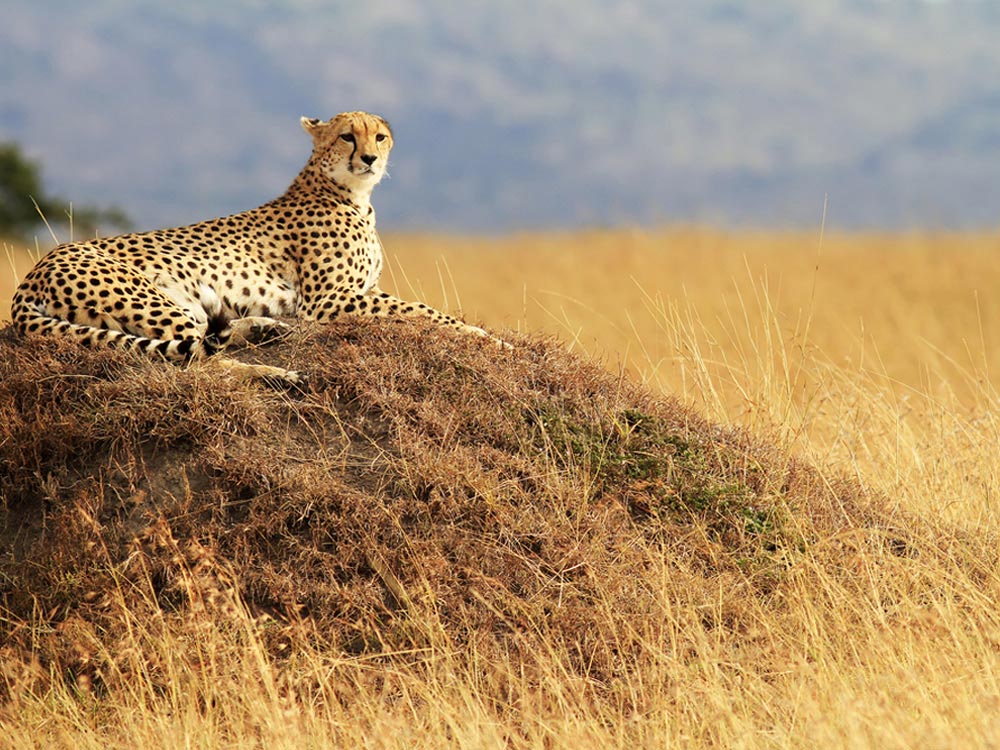
Maasai Mara National Reserve
Maasai Mara National Reserve is one of the world’s most magnificent game reserves. Bordering Tanzania, the Mara is the northern extension of the Serengeti and forms a wildlife corridor between the two countries. It’s named after the statuesque, red-cloaked Maasai people who live in the park and graze their animals here as they have done for centuries. In their language, Mara means “mottled,” perhaps a reference to the play of light and shadow from the acacia trees and cloud-studded skies on the vast grasslands.
The park is famous for the Great Migration, when thousands of wildebeest, zebra, and Thomson’s gazelle travel to and from the Serengeti, from July through October. In the Mara River, throngs of hippos and crocodiles lurk. The park is also known for providing excellent predator sightings, thanks to its relatively large populations of lion, cheetah, and leopard – especially in the dry months from December through February. Thanks to the park’s altitude, the weather here is mild and gentle year-round.
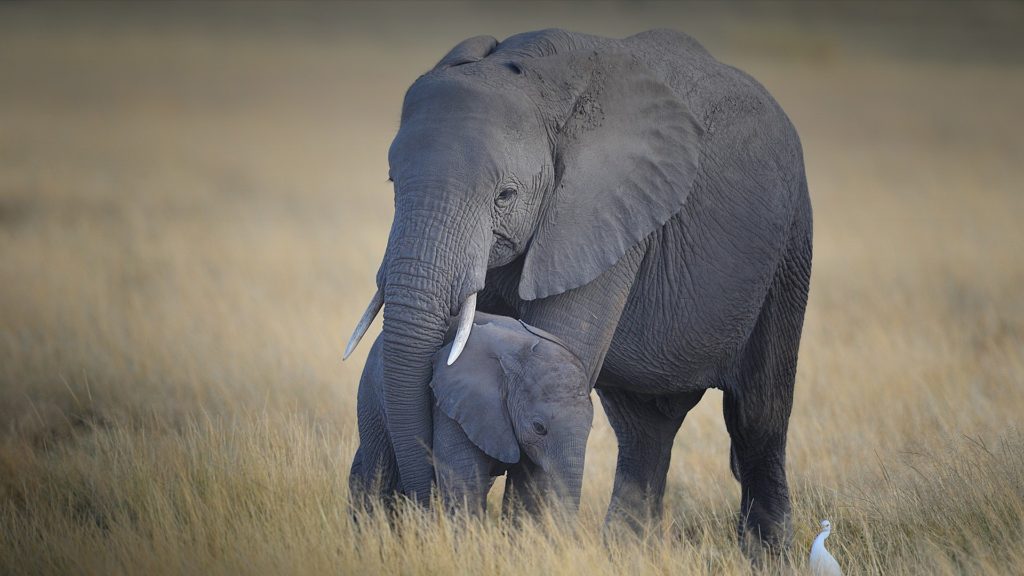
Elephants of Amboseli National Park
Crowned by Mount Kilimanjaro, Africa’s highest peak, Amboseli National Reserve is one of Kenya’s most popular tourist parks. The name “Amboseli” comes from a Maasai word meaning “salty dust,” an apt description for the park’s parched conditions. The reserve is one of the best places in Africa to view large herds of elephants up close. Other wildlife commonly spotted in the park includes big cats, such as lion and cheetah, as well as giraffe, impala, eland, waterbuck, gazelle, and more than 600 species of birds. Nature lovers can explore five different habitats here, ranging from the dried-up bed of Lake Amboseli, wetlands with sulfur springs, savannah, and woodlands. Guests can look for the local Maasai people who live in the area around the park.
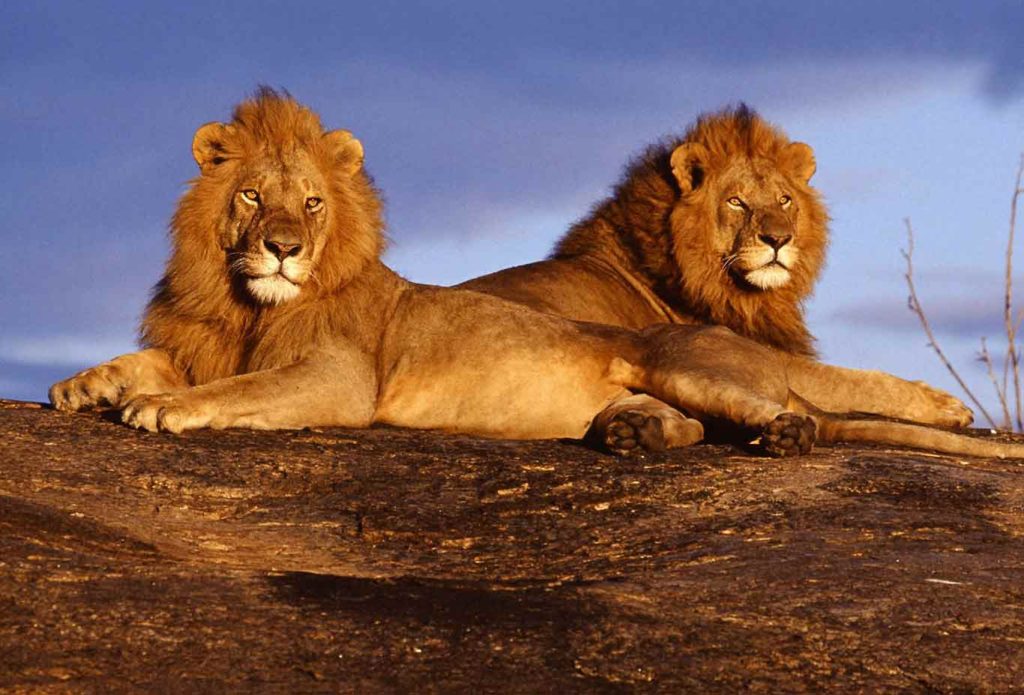
Lions at Tsavo National Park
Kenya’s largest park, Tsavo, is sliced in two: Tsavo West and Tsavo East. Together these parks comprise four percent of the country’s total area and encompass rivers, waterfalls, savannah, volcanic hills, a massive lava-rock plateau, and an impressive diversity of wildlife. Midway between Nairobi and Mombasa, Tsavo East is famous for photo-worthy sightings of large elephant herds, rhinos, but it’s the cats – leopards, lions & cheetahs – who bring this ecosystem to life. Against a backdrop of red soils, the lions of legend (it was here that the legendary man-eaters of stove once roamed) laze about in shade, waiting for the right moment to pounce.
The palm-fringed Galana River twists through the park providing excellent game viewing and a lush counterpoint to the arid plains. Other highlights here include the Yatta Plateau, the world’s longest lava flow; Mudanda Rock; and the Lugard Falls, which spill into rapids and crocodile-filled pools.
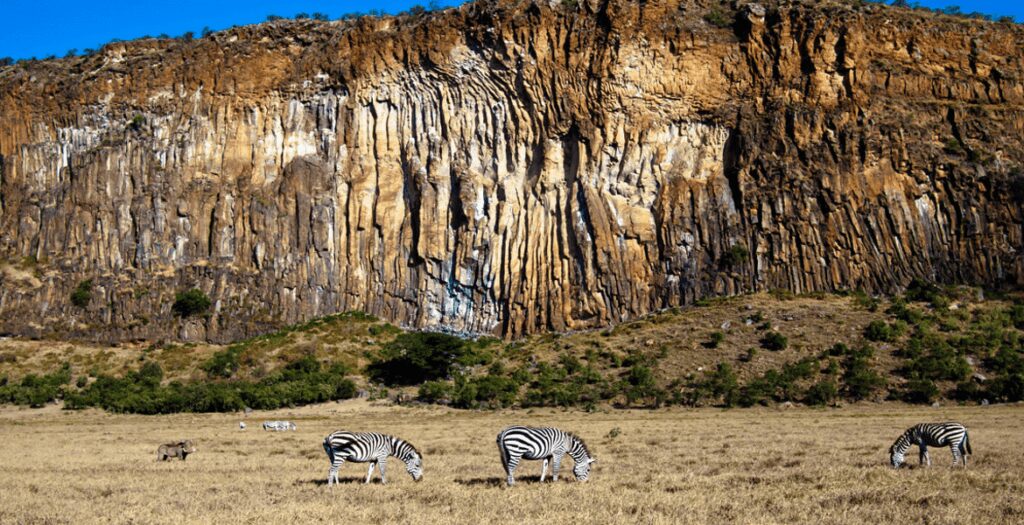
Hell’s Gate National Park
A hot spot for climbers, Hell’s Gate National Park is one of the few parks in Kenya that allows camping and enables you to explore on foot or bicycle. Hell’s Gate offers excellent climbing and hiking opportunities, with two extinct volcanoes; the red cliffs of Hell’s Gate Gorge; ObsidianCaves; and the pointed column of rock known as Fischer’s Tower, a former volcanic plug. Geothermal features include hot springs and natural geysers hissing steam through vents in the earth’s crust. The park also protects a wide variety of wildlife, including leopards; baboons; hartebeest; eland; ostriches; gazelles; and more than 100 species of birds, as well as eagle and vulture breeding grounds.
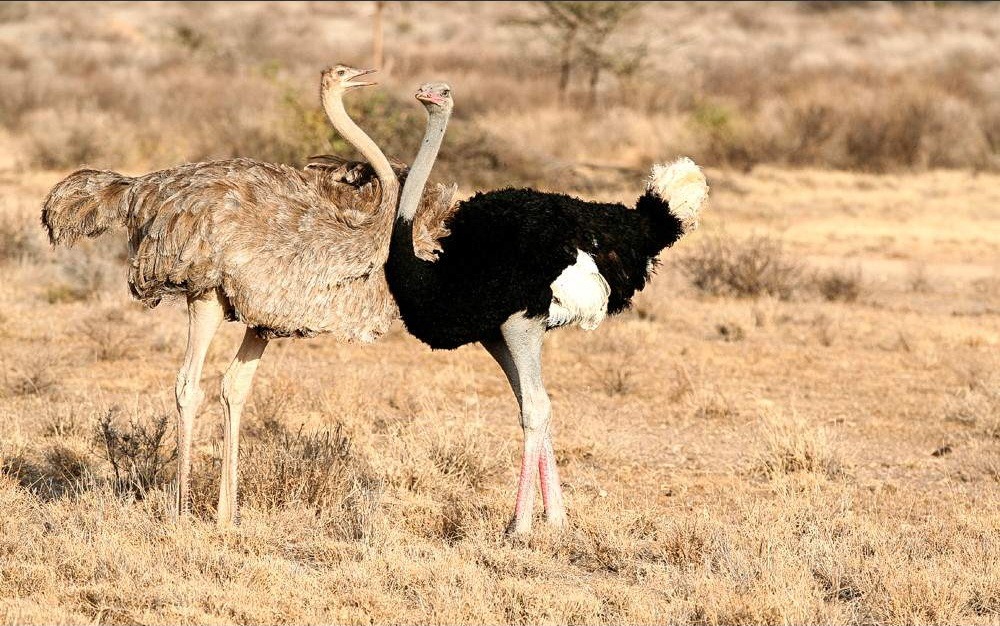
Samburu, Buffalo Springs, and Shaba National Reserves
On the banks of the palm-lined Ewaso Nyiro River, Samburu, Buffalo Springs, and Shaba Reserves lie in an arid region in the remote north of Kenya. Shaba National Reserve is one of two areas where George and Joy Adamson raised Elsa the lioness, made famous in the film Born Free. The wildlife in all three reserves depends on the waters of the river to survive, and many species are specially adapted to the parched conditions, such as Grevy’s zebras; Somali ostriches; and gerenuks, the long-necked antelope that stand on two rear legs to reach the fresh shoots on upper tree limbs.
The three reserves form a very popular tourist destination because of the diverse wildlife populations they support. Unlike other wildlife areas in Kenya’s northern tourist circuit, the reserves, which are popularly known as the Samburu Ecosystem, sustain free ranging wildlife species both within the three reserves as well as far into community lands.
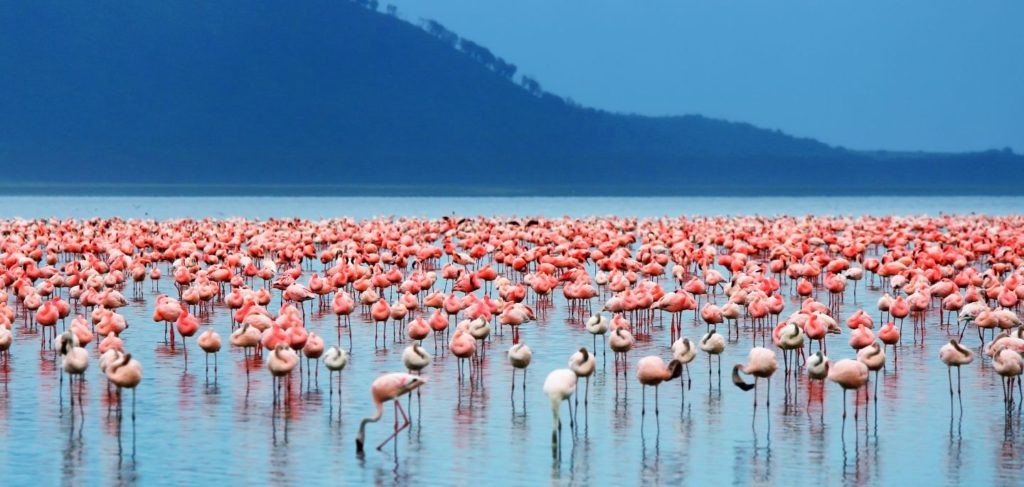
Lake Nakuru National Park
Lake Nakuru National Park, in Central Kenya, is famous for its huge flocks of pink flamingos. The birds throng on Lake Nakuru itself, one of the Rift Valley soda lakes that comprises almost a third of the park’s area. More than 450 species of birds have been recorded here, as well as a rich diversity of other wildlife. Leopards, warthogs, lions, waterbucks, white rhinos and pythons are just some of the animals one might see. The landscapes range from sweeping grasslands bordering the lake to rocky cliffs and woodland. The park also protects the largest euphorbia candelabrum forest in Africa. These tall, branching vegetation are unique to the region and provide an interesting textural element to the dry landscapes.
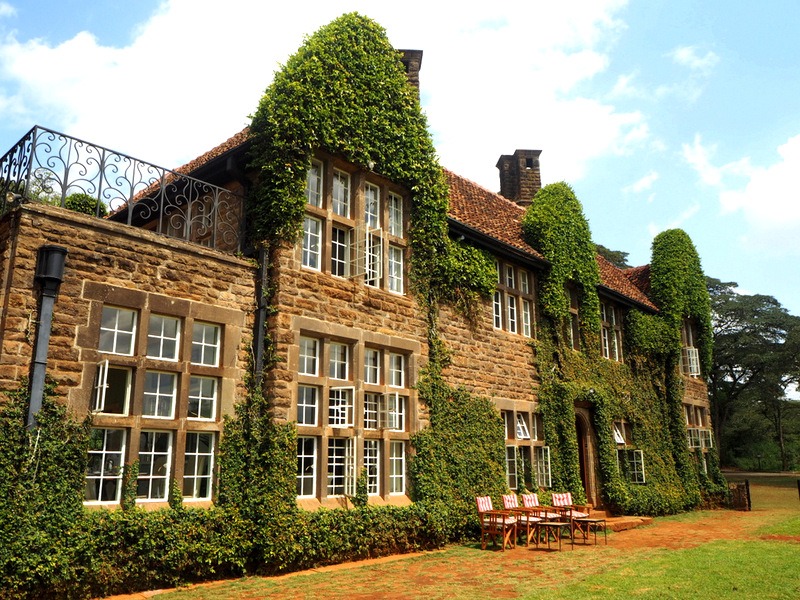
Nairobi
Kenya’s capital Nairobi is legendary for its colourful colonial history. It was once the capital of British East Africa, attracting settlers who came here to find their fortune in the coffee and tea industry. Today, one can explore the city’s famous historic sites, as well as some excellent wildlife-related attractions.
The Nairobi National Museum is an excellent spot to see exhibits on Kenya’s history, nature, culture, and contemporary art. Green conscious will also enjoy the botanic gardens on the grounds. Another popular tourist attraction is the Karen Blixen Museum, the restored residence of the famous Danish author of the book Out of Africa, also known by her literary name, Isak Dinesen. To see wildlife without venturing far from the city centre, one may visit Nairobi National Park, a black rhino sanctuary and also home to a diversity of other African wildlife.
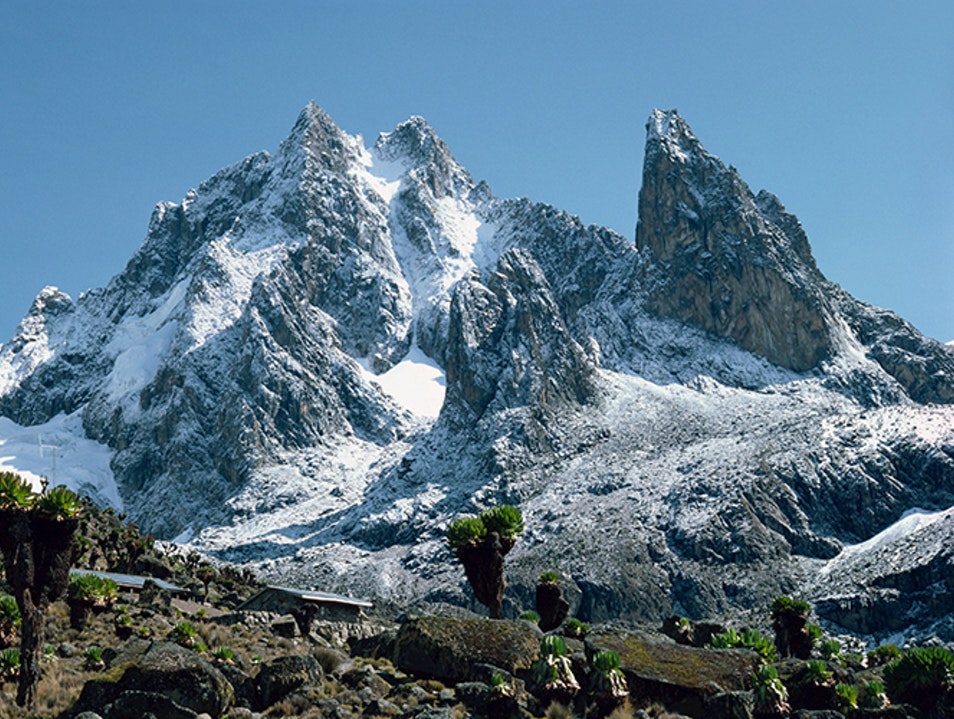
Mount Kenya National Park
In the Central Highlands, east of the Great Rift Valley, Mount Kenya National Park is a UNESCO World Heritage Site encompassing the country’s highest mountain at 17,000 feet and providing the rare sight of equatorial snow. Formed by a series of volcanic eruptions, Mount Kenya is actually comprised of three glacier-cloaked peaks.
Scenery varies from glaciers, lakes, and mineral springs to alpine forest and dense pocket areas of bamboo. The variety of flora and fauna provides excellent opportunities for safaris. Among the wildlife here, you may spot elephant, black & white colobus monkeys, buffalo, tree hyrax, leopard, and hyena.
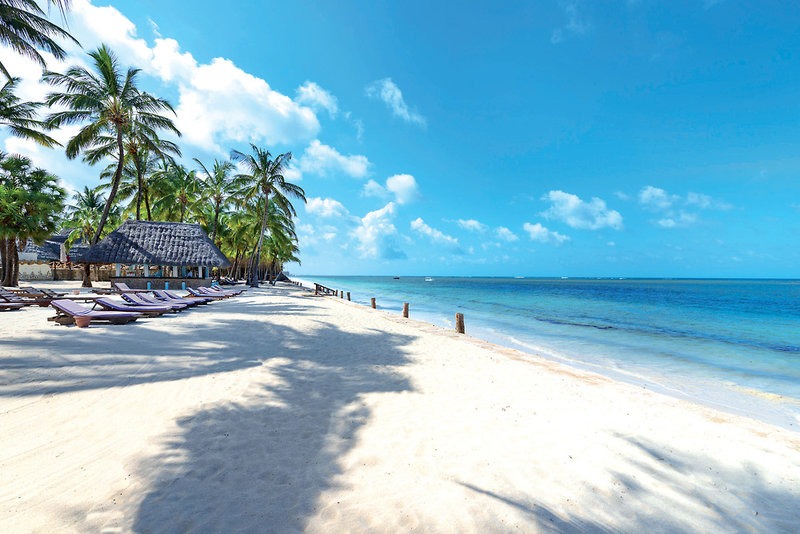
Malandi, Watamu
North of Mombasa on the Kenyan coast, Malindi is a popular beach resort. Due to its rich trading history, it is also a melting pot of cultures and cuisines, with a dual personality. Partly historic old town, partly modern tourist hub, Malindi is where travelers come to relish the white sands of Watamu Beach. One can dive the coral reefs of the Malindi and Watamu Marine National Parks & also soak up a dose of Swahili history in the historic town, dating from 900 years back.
Another two popular tourist attraction are the Falconry of Kenya, a rehabilitation centre for sick and injured birds. About 30 kilometers northeast of Malindi is the Marafa Depression, also called Hell’s Kitchen or Nyari. It is a set of sandstone gorges sculpted by the wind and rain and worth visiting.
When to go & weather:
The best time to visit Kenya is during the Dry season from late June to October (these are the best wildlife viewing months). The wildebeest migration usually reaches the Masai Mara in August and remains until October when they move back to the Serengeti in Tanzania.
Best Time:June to October, January to February (All parks)
High Season : July to November, January and February (Some of the parks get very crowded especially the Masai Mara, Amboseli and Lake Nakuru).
Shoulder Season: October – December. This may also be a great time to visit Kenya as the scenery is beautiful & green, new born animals can be seen, migratory birds are present and you can advantage of lower rates.
Low Season: End March – May. The rains can be continuous – some lodges and camps close down during part of the Wet season
Fast Facts
Capital: Nairobi
Currency: Shilling. 1US$= 108 Kenyan shillings
Language: Swahili & English
Allow us Assist to You
Quick Links
Contact Us
